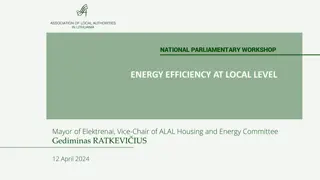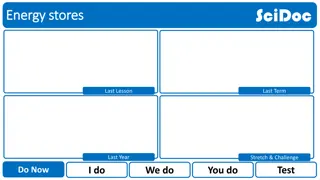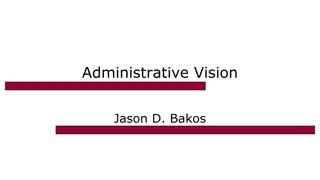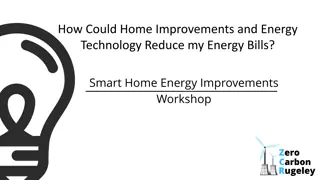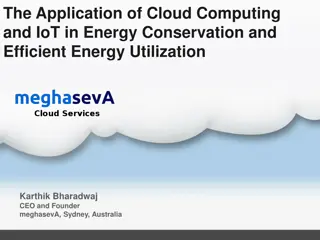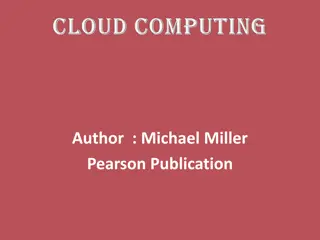CSE 591: Energy-Efficient Computing
Energy-efficient computing strategies for stateful servers such as Dream Processor, Barely Alive States, and handling data updates. Learn about limitations like DVFS, PowerNap, and sensitivity to setup time, cores, and utilization. Discover techniques like Request Batching, Weave Scheduling, and Server Power Breakdown.
Download Presentation

Please find below an Image/Link to download the presentation.
The content on the website is provided AS IS for your information and personal use only. It may not be sold, licensed, or shared on other websites without obtaining consent from the author.If you encounter any issues during the download, it is possible that the publisher has removed the file from their server.
You are allowed to download the files provided on this website for personal or commercial use, subject to the condition that they are used lawfully. All files are the property of their respective owners.
The content on the website is provided AS IS for your information and personal use only. It may not be sold, licensed, or shared on other websites without obtaining consent from the author.
E N D
Presentation Transcript
CSE 591: Energy-Efficient Computing Lecture 9 SLEEP: processor Anshul Gandhi 347, CS building anshul@cs.stonybrook.edu
Motivation AutoScale for stateful servers is hard Setup time Cache servers Data analytics barely alive states (hypothetical) Keep memory and/or disk alive Turn other components off Useful during load spikes
Barely alive states State Components powered off Components powered on Embedded processor, 1 fan, 1 n/w interface, memory (self-refresh) All cores, disks, all but one fan, all but one n/w interface BA1/2 BA3 Same Multiple n/w interfaces BA4 Same + embedded processor Multiple cores + fans BA5 Same + embedded processor Same + disks
Handling Data Updates Barely alive states can keep memory active, thus allowing live updates PowerNap would have to wake up to update, and then go back to sleep reduces sleep time Can use an embedded processor with small amount of memory limited by memory size increases setup time






